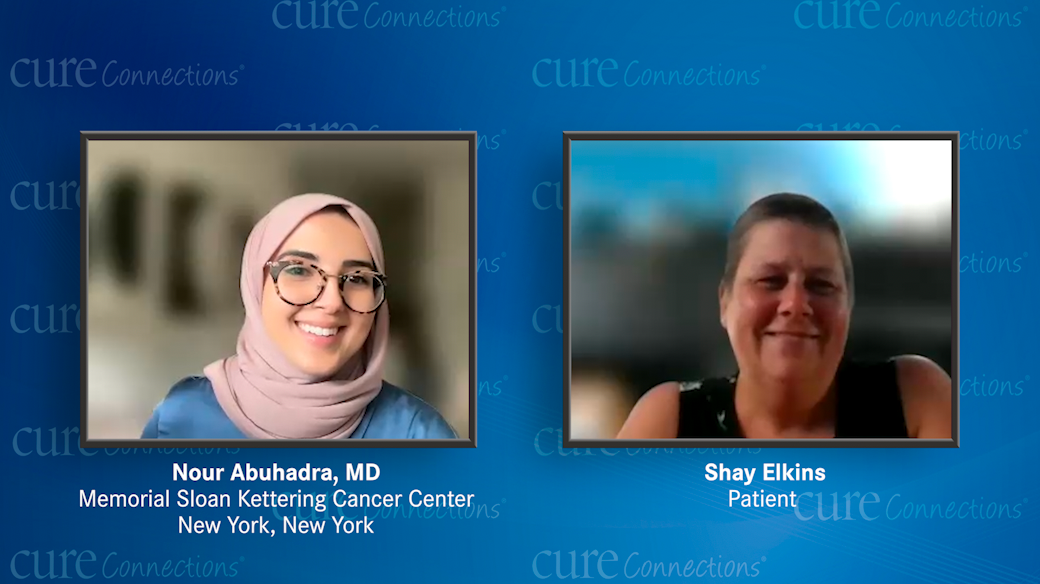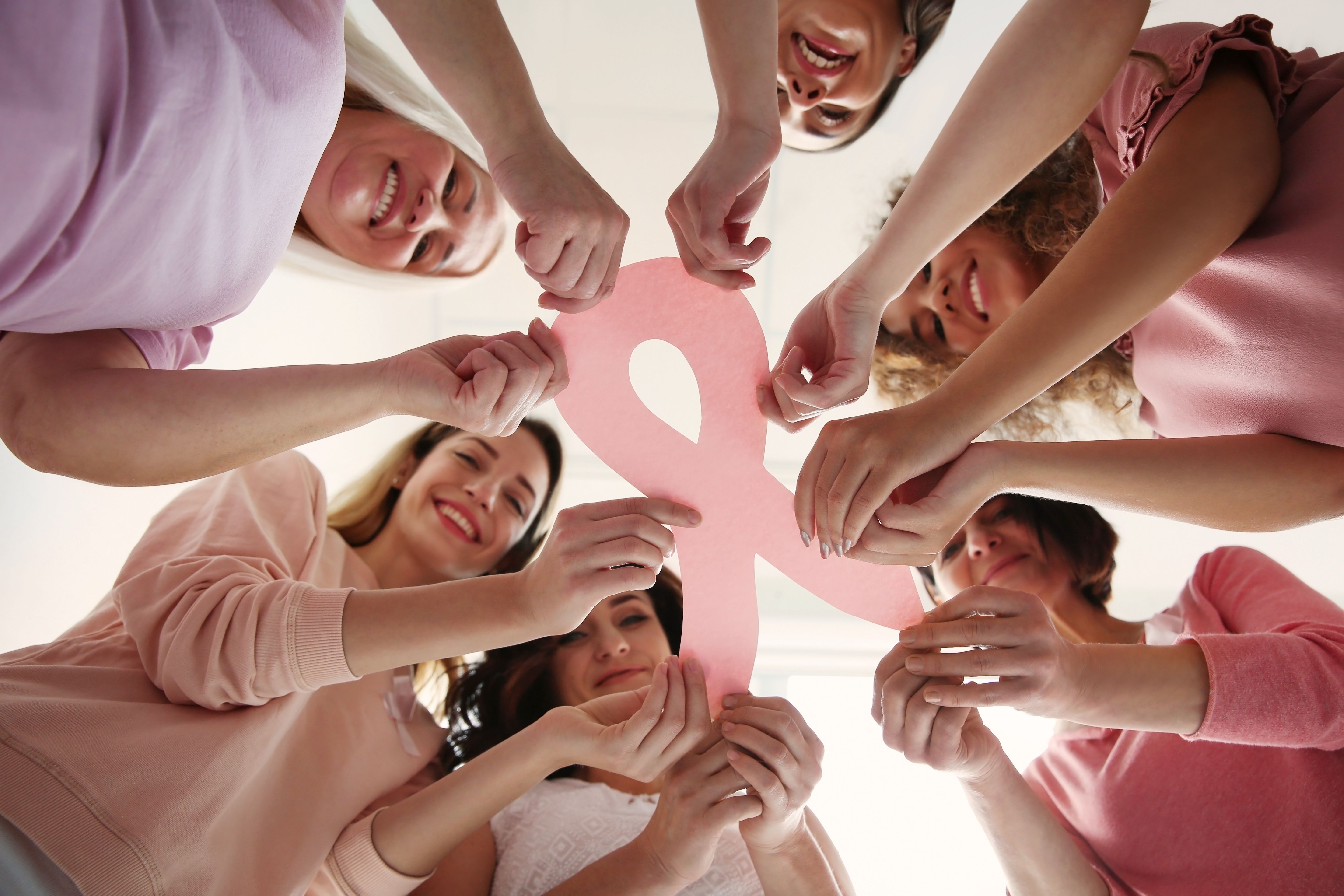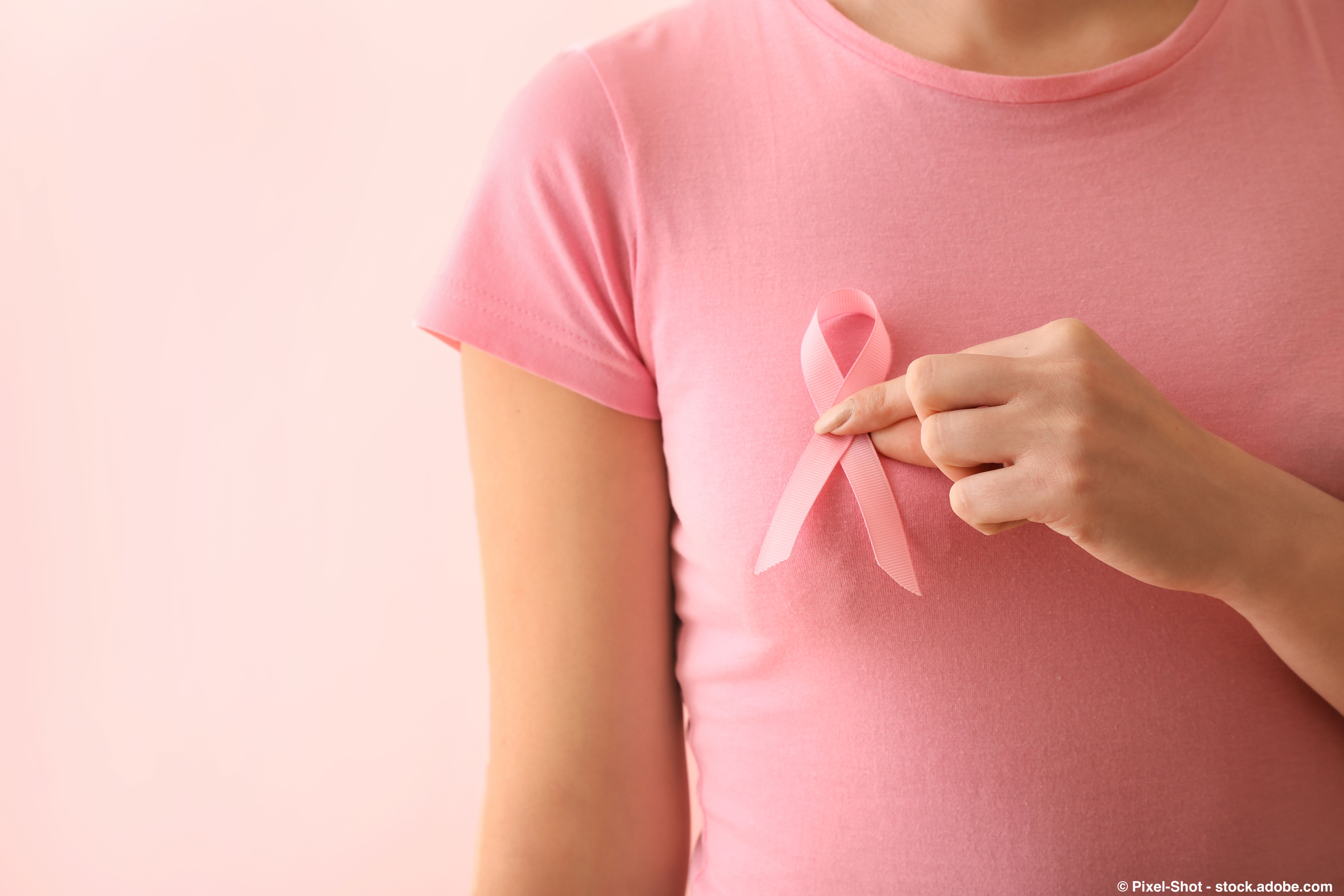Article
Safe Travel Tips for Patients with Cancer
Author(s):
Traveling with cancer during a pandemic requires some planning. Here's how I did it safely.
Traveling any great distance is not fun right now. Should I go? How can I get there? Is it safe? There are so many questions to ask and this is especially true if you're living with, or in treatment, for cancer.
The decisions were much simpler earlier in the pandemic. Though it was difficult to abruptly stop everything we do in person - school, work, shop, meetings, socialize - and jump to doing as much as possible from home, it also established clear guidelines to keep oneself safe and reduce the risk to others.
I was grateful for all the compliance.
It's taken time to feel more comfortable with the changing rules as states and the country reopen. I just returned from a 2,000-mile round-trip drive to collect my oldest two children from the Boston area. I had been planning to do it in early April, then late April, then early May - you see the pattern. I finally hopped in the car in late May and the reality is that I feel like I've already taken my biggest risk of 2020.
Traveling with cancer during a pandemic requires some planning. Here's how I did it safely.
Mode of transportation: Flying is so easy, but then you're trapped in a small enclosed space with people you don't know and who won't be making your safety the priority. I chose to travel by car, making the nearly-1,000-mile trip there on my own. I stopped only at state-run rest areas, where masks were required for building entry, to get gas, use the restroom, and enjoy the fresh air.
Food preparation: This trip reminded me of the days when my kids were very young and I'd pack enough food to stock a pantry. That's because I left the house with about 30 sealed water bottles, bags of healthy and unhealthy snacks, a few sandwiches, a large bag of sliced carrots, and various other things that I would either eat or box up for my daughters and leave behind. I decided to bring as much food and drink as I could because I wasn't sure how comfortable I'd feel getting something to eat on the road. I was well into my second day of driving before I decided I needed to stop for something warm to eat.
Choosing a hotel: I've made this trip many times and I usually stay at a relative's or friend's house at the end of the first day. This time, with one friend recovering from COVID-19 and another living with her 90-something mom, I decided on a hotel. I took time to read their cleaning statements and check reviews more thoroughly than usual. I wore a mask from the time I entered the hotel until I'd wiped down room surfaces with bleach-style wipes or soap and water.
Masks are not optional: Sure, in many places they are actually optional but for someone like me (or really for anyone concerned about reducing transmission), a mask is a given. I had stocked up on disposable surgical masks, had a single N-95, and a couple of good quality cloth masks with filters. I had enough, but it was easy to see how quickly that might not be true. If you're traveling, pack masks like you pack whatever item you always seem to run out of (for me, I pack double the socks I should need and I did the same with masks).
Keep your hands clean: It's hard and expensive to get enough hand sanitizer, at least in Illinois. I brought what I had and also packed a soap and extra water so I could wash my hands in an emergency. Don't skimp on this simple step. If you wonder if your hands are clean, they're not.
Keep your distance: Most of the rest stops tried to enforce physical distancing guidelines, but it's not really a secret that too many people resent being told where to stand. If it seemed like people were crowding into any space where I was, or wanted to be, then I left and saved that activity for the next stop.
Variety is not the spice of life when it comes to reducing your risk of exposure when traveling. Even if some special site or location is open to visitors, consider the risks. In addition, there's the problem of variety in state, local, and individual opinions about risk management. I checked the current guidelines in each of the states I'd be driving through and switched routes when I realized one way would mean I had to drive many hours through a state with lax rules and very few state-run rest stops.
Setting standards: I set out well-prepared and aware that I wanted to minimize time and contact with other people. There were times when I was the only person wearing a mask. This is somewhat uncomfortable, not only because of the disadvantage it put me at for exposure but because people can be irrationally angry at what they consider an affront to freedom. I left those places as quickly as possible.
You will have many different experiences. I am still not ready to get on a plane but maybe you are. I'd adjust the lessons above, with the addition of confirming seat spacing prior to boarding and having a properly fitted N-95 mask.
The world is opening back up and all of us long to live again. I hope we can all do it safely.

















